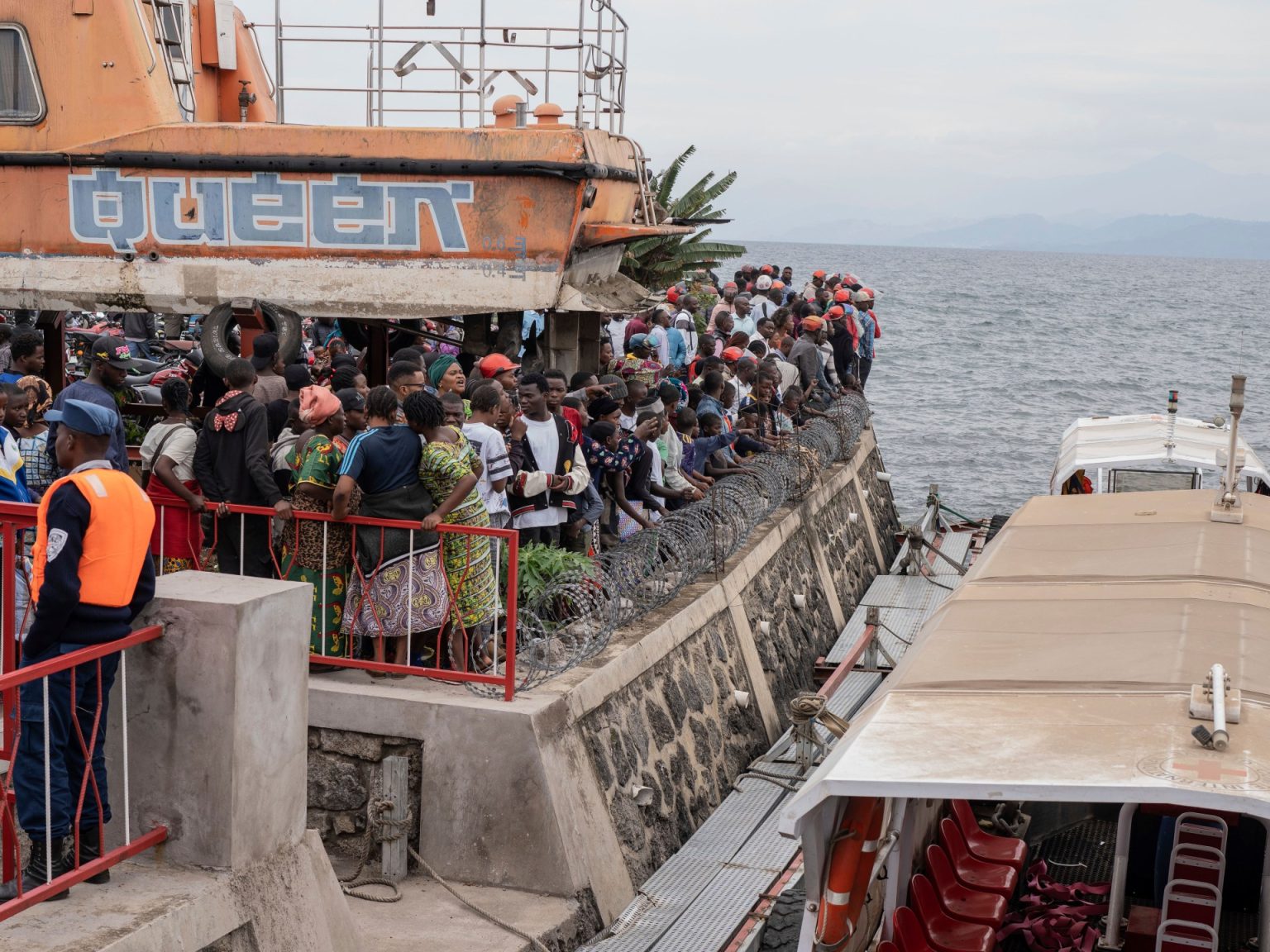The Democratic Republic of Congo (DRC) has once again witnessed a tragic boat capsizing incident, this time on the Fimi River in the central part of the country. The overcrowded vessel, carrying over 100 passengers and a substantial quantity of goods, sank just a few hundred meters from its departure point in Inongo, a town northeast of the capital, Kinshasa. The catastrophe has claimed the lives of at least 25 individuals, including children, and left dozens more missing, prompting a desperate search and rescue operation. This incident highlights the persistent dangers of river travel in the DRC, a nation grappling with inadequate infrastructure and insufficient safety measures.
Overcrowding appears to be the primary cause of the tragedy. Eyewitnesses reported passengers crammed onto the roof of the boat, exceeding its safe capacity. The added weight of goods further compromised the vessel’s stability, contributing to its capsizing in the Fimi River. The river commissioner of Inongo confirmed the overloading, and local residents corroborated the perilous conditions, emphasizing the presence of children among the victims. This tragic event mirrors a recurring pattern of similar accidents in the DRC, where boats are often loaded beyond their limits, jeopardizing the lives of passengers.
The DRC’s dependence on river transport stems from the limited road infrastructure across its vast and densely forested terrain. Paved roads are scarce, making rivers essential arteries for transportation and commerce. This dependence, however, comes at a steep cost, as the lack of proper safety regulations and oversight leaves passengers vulnerable to accidents. The Fimi River incident is not an isolated occurrence. Rather, it is part of a disturbing trend of deadly boat capsizes that have plagued the nation.
In October of the same year, a similar tragedy unfolded on Lake Kivu in eastern DRC. A boat, reportedly carrying hundreds of passengers, capsized, resulting in the drowning of at least 78 people. Just a few months earlier, in June, another boat accident on the Kwa River, near Kinshasa, claimed the lives of 80 individuals. These recurring disasters underscore the urgent need for improved safety measures in the DRC’s waterways. The lack of adequate life-saving equipment, such as life jackets, further exacerbates the vulnerability of passengers during such incidents.
The Fimi River disaster is the fourth such incident in Mai-Ndombe province this year alone, a region characterized by its extensive river network. This alarming frequency of accidents has prompted calls for immediate government intervention to enhance safety protocols and provide essential safety equipment. Residents and local officials are urging authorities to equip boats with life jackets and implement stricter regulations regarding passenger capacity and cargo loading.
The recurring nature of these boat capsizes in the DRC paints a grim picture of the inherent risks associated with river transport in the country. The lack of adequate infrastructure, coupled with lax safety regulations and oversight, creates a dangerous environment for passengers. The Fimi River incident, like the tragedies before it, serves as a stark reminder of the urgent need for comprehensive reforms to ensure the safety and well-being of those who rely on the country’s waterways. Without significant improvements in safety standards and infrastructure development, the DRC risks witnessing a continuation of these devastating and preventable accidents.

